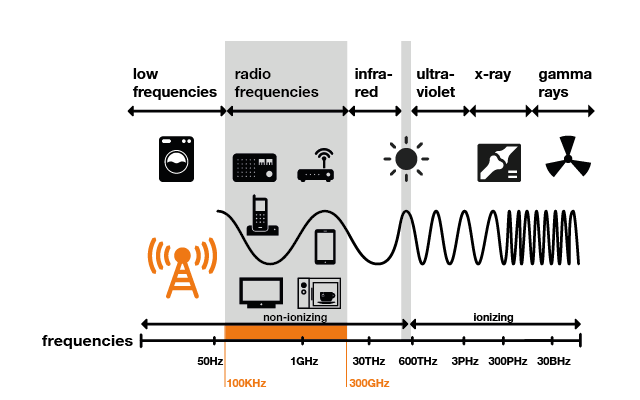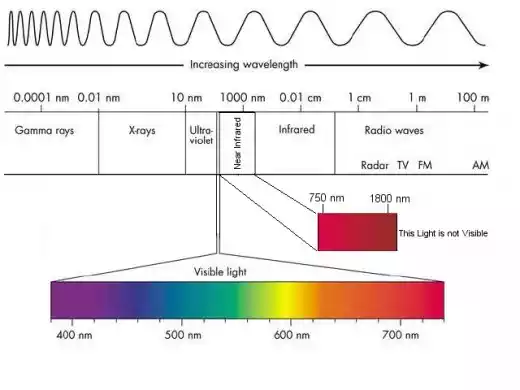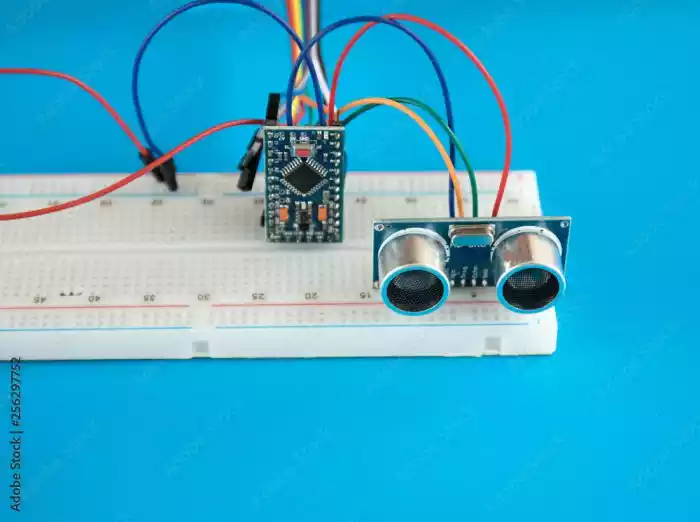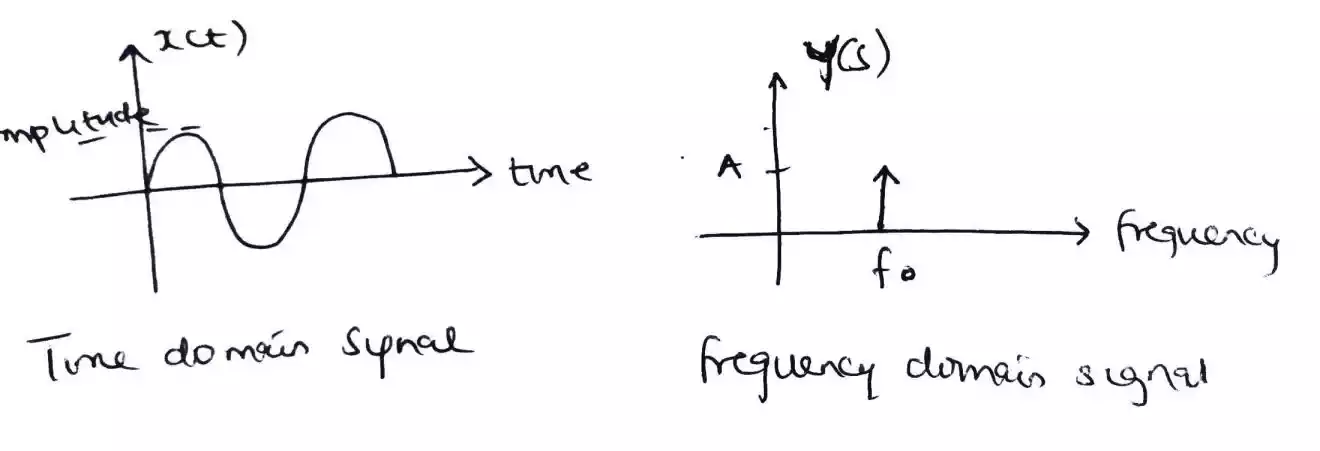Advantages and Disadvantages of Radio Waves
Radio waves are a type of electromagnetic radiation with the longest wavelengths and lowest frequencies.
They are all around us, used for a variety of purposes like radio and television broadcasting, mobile phone communication, Wi-Fi, and radar.

Radio Waves - Credit: radio-waves.orange

In this article, we look at the advantages and disadvantages of these radio waves.
Table of Contents
Advantages of Radio Waves
1. Long-Range Communication:
Radio waves can travel long distances without much signal degradation, making them ideal for communication over vast areas.
For instance, they can easily penetrate buildings and travel through large open spaces, enabling radio and television signals to reach homes and mobile phone signals to stay strong even in remote locations.
2. Penetration Through Obstacles:
Unlike other forms of electromagnetic radiation like visible light or X-rays, radio waves can pass through solid objects like walls and even the Earth’s atmosphere.
This property is used in applications like radar, which uses reflected radio waves to detect objects, and in medical imaging techniques like MRI, which rely on the interaction of radio waves with the body’s tissues.
3. Wide Range of Frequencies:
The radio spectrum encompasses a vast range of frequencies, allowing for different applications.
Lower frequencies can travel further but carry less data, while higher frequencies can carry more data but travel shorter distances.
This diversity enables various uses like AM and FM radio broadcasting, Wi-Fi, and satellite communication.
4. Relatively Low Cost:
Compared to other communication technologies like fiber optic cables, radio wave transmission is relatively inexpensive.
This makes it an accessible option for a wide range of applications, from personal communication devices like mobile phones to large-scale broadcasting systems.
5. Versatility:
Radio waves have found applications in various fields beyond communication, including navigation (GPS), heating (microwaves), and medical therapy (diathermy).
Their ability to interact with matter in different ways makes them a valuable tool for various scientific and technological advancements.
Disadvantages of Radio Waves
1. Susceptibility to Interference:
Radio waves can be easily interfered with by other radio waves at the same or nearby frequencies.
This can lead to signal distortion and disruption, especially in crowded areas with many devices using the same spectrum.
2. Limited Data Capacity:
Compared to other transmission methods like fiber optics, radio waves have a lower data capacity, meaning they can transmit less information per unit time.
This can be a limitation for applications requiring high-speed data transfer, such as streaming video or large file downloads.
3. Security Concerns:
Radio waves are easily intercepted, making them less secure than other communication methods that use encryption or other security measures.
This can be a concern for applications where privacy and confidentiality are important.
4. Potential Health Effects:
While the long-term health effects of exposure to radio waves are still being studied, some concerns have been raised about the potential for them to harm human health.
However, current research suggests that the risks are low at exposure levels typically encountered in everyday life.
Wrap Up
As a wrap up, radio waves have undeniably transformed communication, navigation, and various scientific realms.
Their advantages are substantial, but acknowledging limitations and addressing concerns ensures responsible and secure use.
FAQs
- Are radio waves harmful to health? Current research suggests low risks at typical exposure levels. However, ongoing studies continue to explore potential health effects.
- How do radio waves differ in frequency? Radio spectrum encompasses a wide range of frequencies, allowing for different applications. Lower frequencies travel further, while higher frequencies carry more data over shorter distances.
- What security measures address radio wave vulnerabilities? Unlike encrypted methods, radio waves are susceptible to interception. Implementing encryption and secure protocols can enhance security.
- Can radio waves be used for medical purposes? Yes, radio waves find applications in medical therapy, such as diathermy, where they interact with tissues for therapeutic purposes.
- How do radio waves impact communication in crowded areas? Radio waves can experience interference in crowded areas, potentially distorting signals. Managing frequency allocation is important to mitigate this issue.





